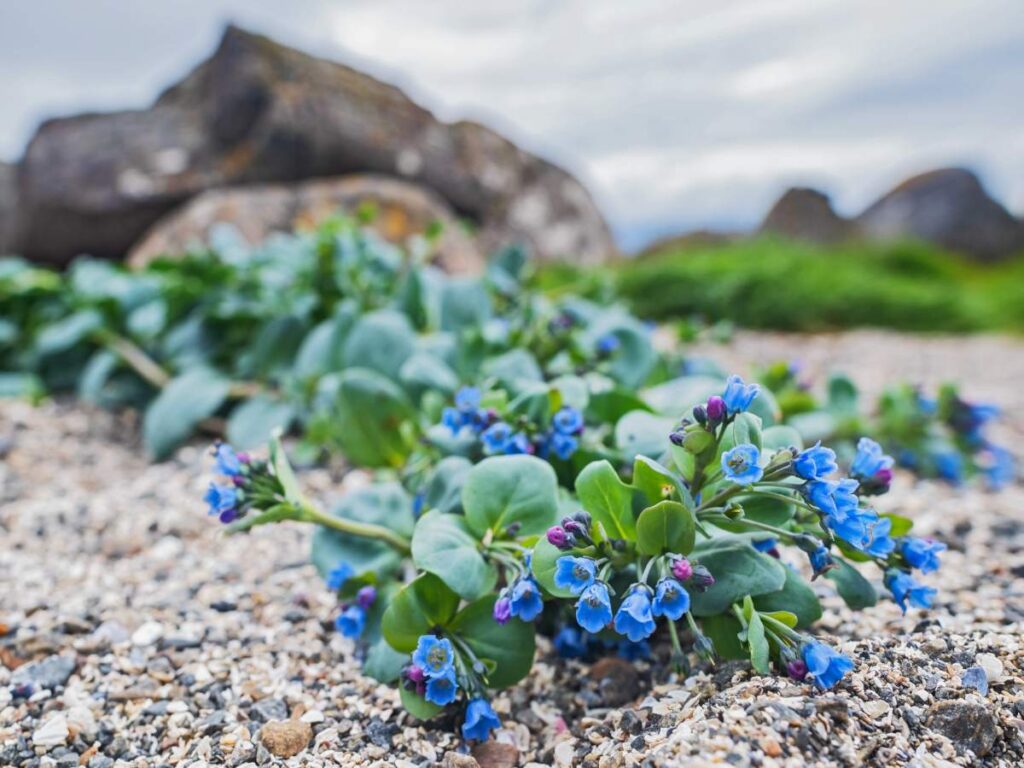- IN this manual, we’ll explore the starting place, care tips, fitness advantages, propagation strategies, and even medicinal uses of the oyster plant.
1. Origins and Botanical background of the
- The oyster plant belongs to the Commelinaceae family and is scientifically referred to as Tradescantia spathacea. Other popular names consist of Moses-in-the-cradle, Boat Lily, and Rhea.
- Key functions:
- Leaves: Sword-shaped, smooth, dark inexperienced on top, crimson underneath.
- Cultural importance:
- In a few cultures, it is believed to bring desirable luck and purify the air. Its resilient nature allows it to thrive in distinctive environments, making it a symbol of power and adaptableness.
2. how to take care of an at home
- developing and keeping an is fairly smooth. It’s a great starter plant for beginners and a stunning addition for knowledgeable plant enthusiasts.
- light requirements:
- Watering needs:
- Overwatering can cause root rot.
- Soil type:
- Use properly-draining potting soil with peat and perlite. This prevents water from collecting at the roots.
- Temperature & Humidity:
- The oyster plant prefers warm temperatures between 60–85°F (15–29°C). high humidity tiers assist the flourish.
- Fertilization:
- practice a balanced liquid fertilizer each 4–6 weeks for the duration of the growing season (spring and summer season) to maintain your oyster plant healthful and vibrant.
3. health & wellbeing advantages of the Oyster
- past aesthetics, the is thought to have numerous health-related advantages.
- 1. Air Purification:
- Like many houseplants, the plant cleanse indoor air with the aid of putting off toxins like formaldehyde and carbon monoxide. This contributes to a healthier living environment.
- 2. Medicinal makes use of:
- In conventional natural remedy, the has been used for:
- recovery minor wounds and cuts
- Soothing sore throats
- Treating respiratory situations
- The presence of greenery, inclusive of the has been proven to lessen strain and enhance intellectual health. Caring for this plant can promote mindfulness and a feel of calm.
4. Propagation and Multiplication of the Oyster Plant
- The propagation of the is simple and amusing, making it perfect for human beings trying to extend their garden without much problem.
- Propagation through division:
- lightly put off the plant from its pot.
- Separate the plant into smaller sections, making sure each phase has roots.
- Replant the divisions in clean soil.
- Water lightly and surround in oblique daylight.
- Propagation via Cuttings:
- cut a healthy stem about 4-6 inches lengthy.
- location the reduction in water or moist soil.
- Roots will begin forming inside 1-2 weeks.
- Each method can help you produce a couple of oyster flora from one, making it a remarkable present idea or fee-effective gardening method.
5. commonplace problems and the way to remedy Them
- Beneath are a number of the maximum commonplace problems you might encounter:
- Yellow Leaves:
- reason: Overwatering or poor drainage.
- answer: lessen watering frequency and test pot drainage.
- Fading colour:
- purpose: Low light exposure.
- solution: move to a brighter spot with oblique daylight.
- Brown Leaf hints:
- reason: Low humidity or too much fertilizer.
- answer: Mist frequently and decrease fertilizing.
- Pests:
- Not unusual pests include spider mites and mealybugs.
- solution: Wipe leaves with neem oil or insecticidal soap.
- preserving a regular care ordinary can prevent maximum troubles and assist your plant thrive for years.
FAQs
- Q1: Is the poisonous to pets?
- Sure, the oyster plant is mildly poisonous to cats and puppies if ingested. it could cause infection, vomiting, or drooling. hold it out of reach of pets.
- Q2: Am I able to grow an oyster plant outdoors?
- clearly. The oyster plant may be grown outdoors in USDA zones 9–12. It is high-quality in shaded regions with good drainage.
- Q3: How frequently do I need to water my oyster plant?
- Water the oyster plant as soon as the pinnacle inch of soil feels dry.
- 4: Why is my oyster plant leggy?
- A leggy oyster plant normally indicates it’s no longer receiving sufficient light. attempt moving it to a brighter spot with oblique daylight.
- Q5: Am I able to use tap water to water my oyster plant?
- yes, however allow the water to sit down overnight to use up chlorine.
conclusion:
- The oyster plant isn’t always simply any other ornamental indoor plant. Its bold shades, low-renovation care, and surprising fitness advantages make it a have to-have in every domestic. Plus, with conventional medicinal uses, the oyster plant proves that beauty and function can pass hand-in-hand.
